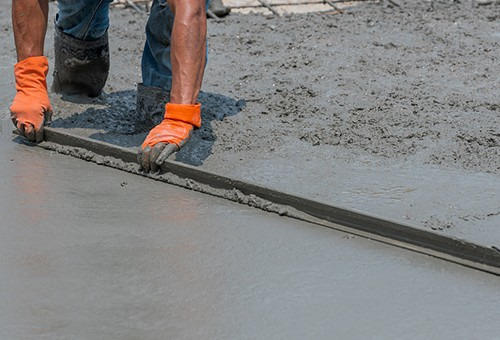Don't wanna be here? Send us removal request.
Text
Exploring the Benefits of Ceramic Adhesives HPMC

Kemox HPMC is a water-soluble polymer that acts as a binder, thickener, and stabilizer in various applications. Here are some of the benefits of using HPMC in ceramic adhesives:
1. Improved Adhesion: HPMC helps to enhance the adhesion of ceramic materials by improving wetting and spreading properties. This leads to better contact between the adhesive and the ceramic surface, resulting in a stronger bond.
2. High Water Retention: HPMC has excellent water retention properties, which make it an ideal choice for ceramic adhesives that require prolonged contact with water. This property also helps to prevent the adhesive from drying out too quickly, which can affect the bonding strength.
3. Reduced Shrinkage: HPMC helps to reduce shrinkage during the drying and curing process, which can cause cracks and weaken the bond. This property ensures that the adhesive maintains its structural integrity and provides a long-lasting bond.

In conclusion, Kemox HPMC is an excellent choice for ceramic adhesives due to its superior adhesion, water retention, reduced shrinkage, and eco-friendliness. It is a versatile and cost-effective material that can be used in a wide range of ceramic bonding applications. By choosing the right ceramic adhesive, you can ensure that your ceramic materials bond safely and have long-lasting and reliable properties.
Article Source: ceramic adhesives hpmc suppliers
0 notes
Text
Applications and Benefits of Industrial HPMC

Industrial Hydroxypropyl Methylcellulose (HPMC) is a versatile polymer widely used in a variety of industries, including construction, ceramics, textiles, and pharmaceuticals. Construction-grade HPMC is commonly used as a thickener, binder, and water-retention agent in cement-based products such as mortar, grout, and tile adhesives. In ceramics, HPMC is used as a binder in the production of ceramic tiles and porcelain stoneware. In textiles, HPMC is used as a sizing agent to improve the mechanical properties of fabrics. In pharmaceuticals, HPMC is used as a thickener and binder in tablets and capsules.
The advantages of using HPMC in industrial applications are numerous. Firstly, HPMC is a water-soluble polymer that provides excellent water retention properties. This makes it ideal for use in cement-based products, where it helps to improve workability, reduce cracking, and increase the strength of the final product. Secondly, HPMC is non-ionic and has a low surface tension, making it an excellent dispersant and emulsifier. This property is particularly useful in ceramics, where HPMC helps to improve the adhesion between particles and prevent cracking during the drying process. Finally, HPMC is non-toxic, biodegradable, and environmentally friendly, making it a sustainable choice for industrial applications.
The production of industrial HPMC involves the modification of natural cellulose through chemical reactions. Cellulose is first treated with an alkali solution to produce an intermediate product known as alkali cellulose. This is then reacted with propylene oxide to produce hydroxypropyl cellulose (HPC), which is subsequently reacted with methyl chloride to produce HPMC. The resulting product is typically in the form of a white or off-white powder, which can be easily transported and stored.
Industrial Hydroxypropyl Methylcellulose (HPMC) is a versatile polymer widely used in a variety of industries, including construction, ceramics, textiles, and pharmaceuticals. The numerous advantages of HPMC, including water retention, dispersion, and biodegradability, make it a sustainable choice for industrial applications. As demand for HPMC continues to grow, manufacturers will need to continue to innovate and improve their processes to meet the needs of their customers and the environment.
Article Source: industrial hpmc
1 note
·
View note